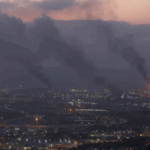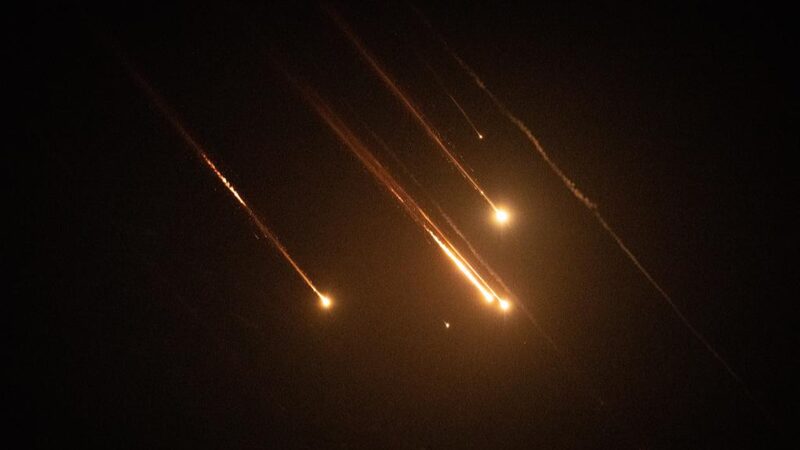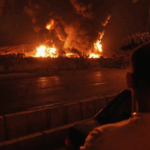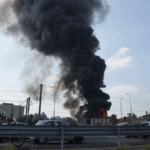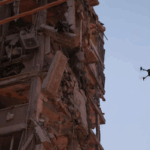Middle East tensions reached a boiling point this week as Iran launched a large-scale missile attack on Israel, prompting swift U.S. military support and fears of a regional war. Here’s what you need to know:
Middle East on the Brink: A Powder Keg?
The October 1 missile strikes mark Iran’s boldest direct assault on Israel yet, escalating decades of proxy wars and rivalries. Analysts say Tehran’s move signals its readiness to challenge Israel’s military dominance head-on. 🔥 Israel has vowed retaliation, raising concerns of a dangerous cycle: Think ‘Oppenheimer’-level stakes, but real-world geopolitics.
U.S. Enters the Fray
President Biden quickly ordered U.S. forces to assist Israel—a move highlighting America’s alliance but sparking debates about long-term consequences. Could this deepen U.S. involvement in another Middle Eastern conflict? 🤔 Critics warn of ‘mission creep’ reminiscent of past interventions.
Regional Domino Effect
Saudi Arabia and Gulf states are watching closely. With Iran-backed groups in Lebanon, Syria, and Yemen, the conflict risks widening sectarian divides (Sunni vs. Shia) and destabilizing the entire region. 🕊️ The humanitarian toll could be devastating.
What’s Next?
All eyes are on Israel’s response and whether diplomatic channels can prevent a full-blown war. As global oil prices jump, investors brace for market turbulence. For young travelers, it’s a stark reminder to stay updated on regional risks before exploring nearby destinations like Türkiye or Jordan. 🌏✨
Reference(s):
Iran's missile attack on Israel and U.S. involvement in the region
cgtn.com

